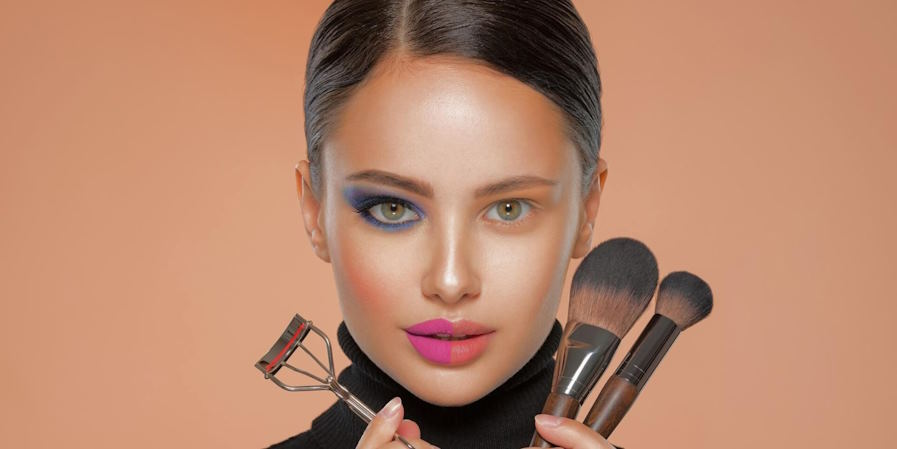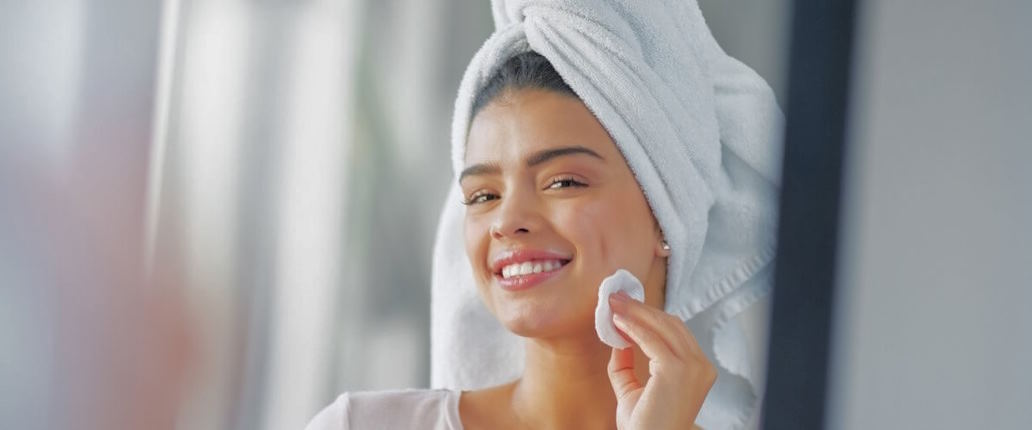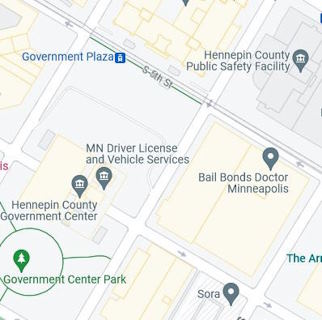Creating makeup masks is a fun and creative way to transform your appearance for costume parties, Halloween, or other special occasions. Whether turning into a ghoul, superhero, or a mystical creature, you may focus heavily on the primary areas of your face, such as the eyes, nose, and mouth. Still, there are a few often overlooked places that can make a significant difference in the overall effect.
Ears
Ears are often neglected when applying makeup for a mask, yet they can play a crucial role in achieving a cohesive and convincing look. To address this oversight:
- Begin by applying the same base color or foundation on your face to your ears. This step ensures that the skin tone matches the rest of your face, making the transformation seamless.
- Depending on your mask design, consider adding details or shadows to your ears. For instance, if you’re becoming a vampire, you can contour your ears to make them appear more pointed. If you’re going for a fairy or elf look, add some glitter or colorful accents.
- Don’t forget to accessorize your ears if your mask includes earrings, earcuffs, or other ornaments. These can enhance the overall impact of your transformation.
Neck and Collarbone
Your neck and collarbone are extensions of your face and can greatly influence the cohesiveness of your mask. To ensure a more comprehensive transformation:
- Apply your base color or foundation down to your neck and collarbone area. It not only matches your skin tone but also creates a unified look.
- Use contouring techniques to create shadows and depth on your neck and collarbone, enhancing the three-dimensional effect. It is especially important if your mask design involves protruding or sunken areas on your face.
- If your mask concept involves injuries, scars, or other effects that extend beyond your face, be sure to incorporate these into your neck and collarbone for a more realistic portrayal.
Hairline and Scalp
The hairline and scalp are often neglected, but they can significantly impact you, especially if you’re wearing a wig or have a design that extends into your hair. Here’s how to address these areas:
- Before applying makeup, ensure your hair is neatly tucked away or secured with a wig cap. It makes it easier to reach the hairline and prevents makeup from smudging your hair.
- Blend the makeup along your hairline to ensure a seamless transition between your skin and hair. This step is essential if your mask involves face paint, as it helps maintain the illusion.
- If your mask includes special effects or designs on your scalp, use the appropriate makeup or accessories to achieve the desired look. Hair gel, chalk, or colored hair spray can be useful tools.




